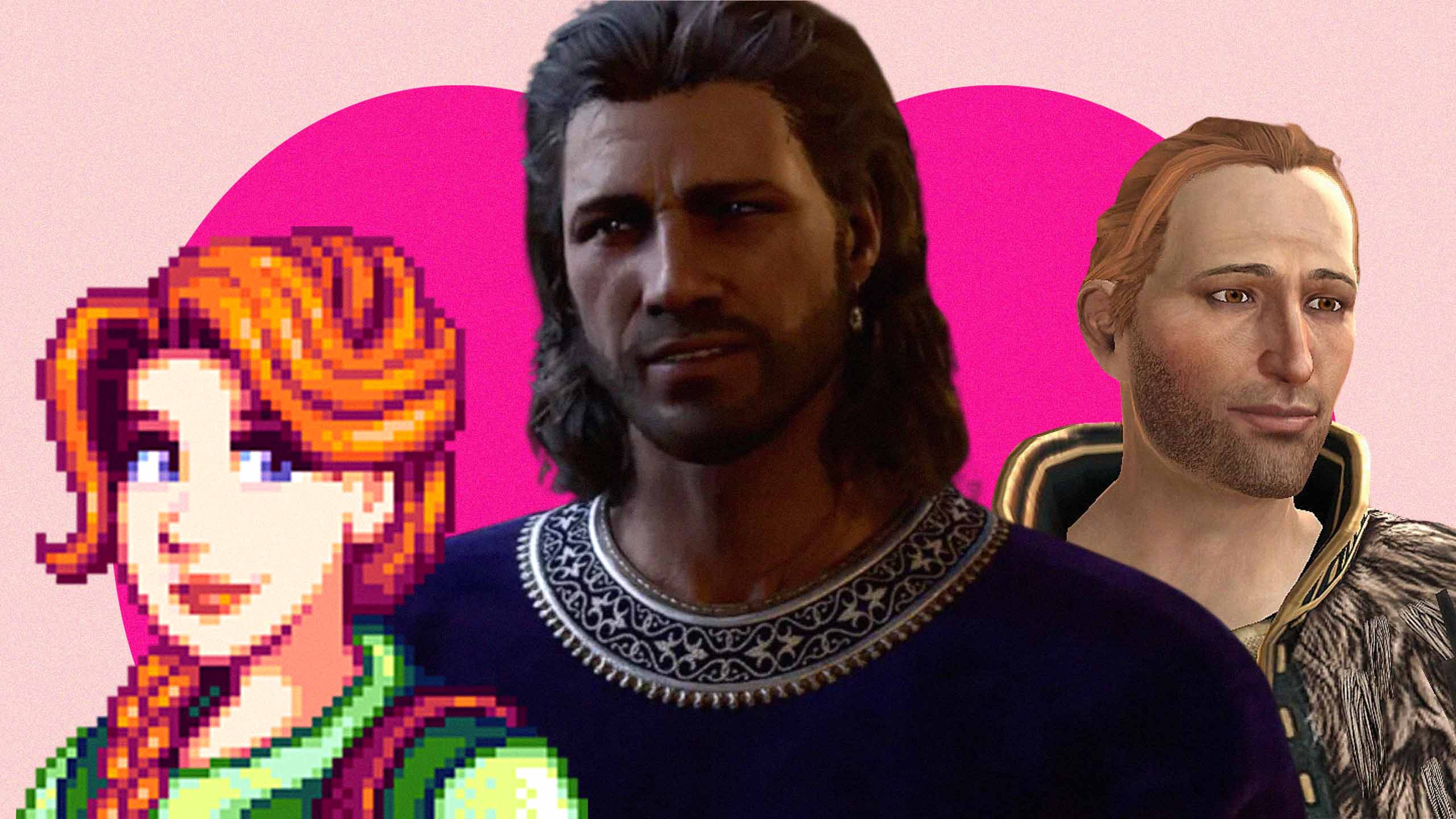What set Dragon Age II apart from its competition was abundance. If you wanted to pursue a queer relationship, you had exactly the same number of potential companions as someone looking to pursue a straight relationship. And these relationships would be as deeply drawn and as beautifully animated as the straight ones.
I found this game mechanic, now dubbed “playersexuality,” liberating. In other video games, my favourite characters were often locked away from me by my choice of gender. If I wanted to, say, pursue Tali’Zorah in Mass Effect, I had to start the game over as a male protagonist. No such calculations were necessary in Dragon Age II. And it wasn’t just the freedom I appreciated: as a recently out bisexual, I was also smitten with a game that let me play the hero alongside a group of queer, pan and bisexual characters.
Since Dragon Age II, more and more games use a playersexual approach to romance, from indie games like Stardew Valley (2016) and Boyfriend Dungeon (2021), to big-budget role-playing games like Baldur’s Gate 3 (2023). The fourth installment in the Dragon Age series, The Veilguard (2024), has also re-embraced playersexuality, with all seven of the companions available for a player character to pursue.
But while playersexuality attracted me to the Dragon Age franchise, it has also been a lightning rod for very disparate groups of gamers. Conservative players, for example, argued that the LGBTQ2S+ relationships in Baldur’s Gate 3 were shoehorned in to “satisfy diversity quotas.” Players of Dragon Age II complained that the companion Anders would always flirt with Hawke (male or female), which made it impossible to avoid queer content; they derided the all-bisexual cast as unrealistic, and as abandoning Bioware’s “main demographic” (straight male gamers).



I love it. More please.